Stanley Whitney’s Italian paintings reveal an art practice in transition
American abstract painter Stanley Whitney’s works from the 1990s to mid-2000s, made in Italy and now on display as a collateral event of the Venice Biennale 2022, show an evolution of form and colour
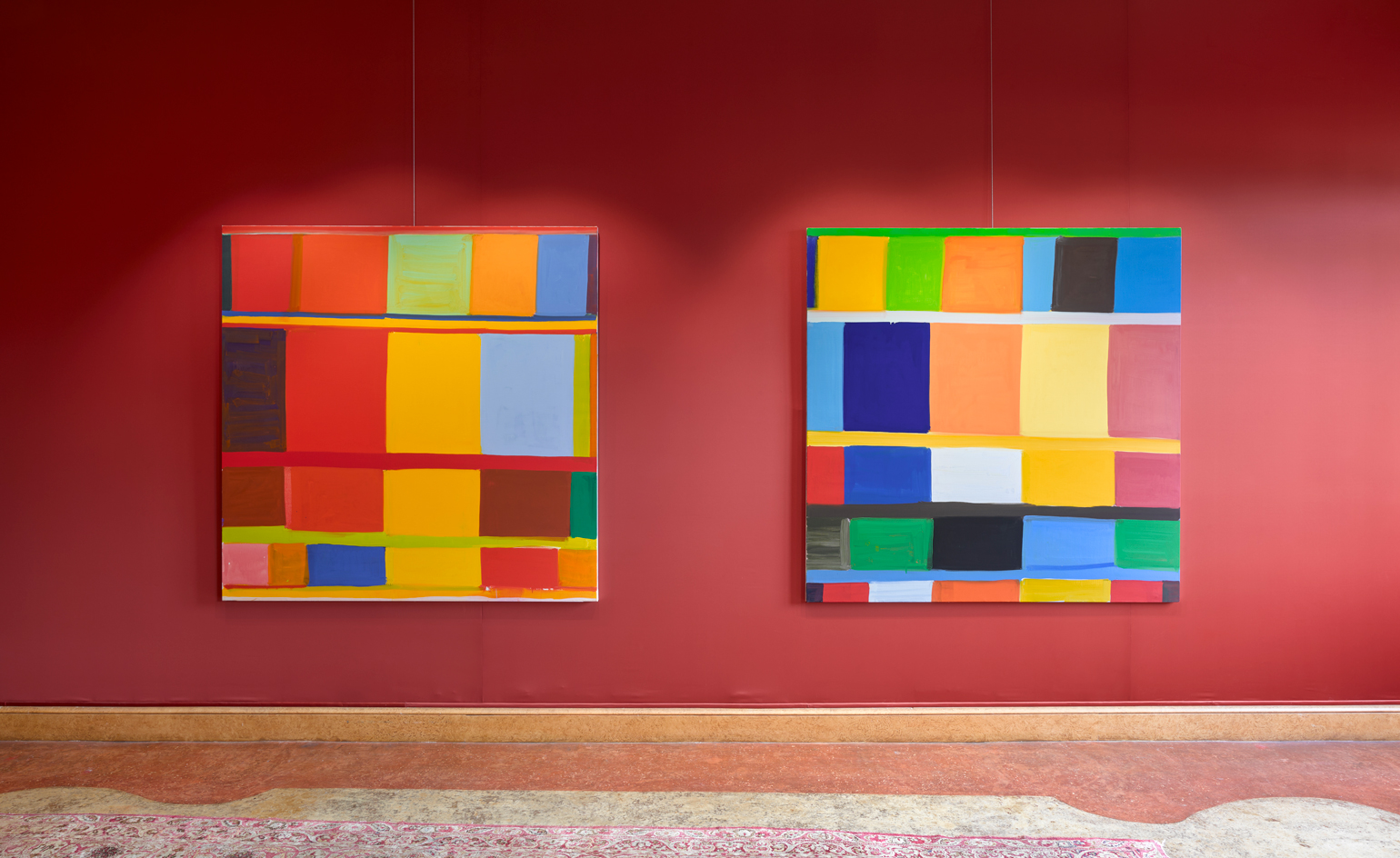
American abstract painter Stanley Whitney came to Rome in the early 1990s. The city had a huge impact on his life and his work as an artist, becoming a practice-altering source of inspiration and eventually a second home. This entanglement is now the subject of a new exhibition ‘Stanley Whitney: The Italian Paintings’, at Palazzo Tiepolo Passi in Venice, which opened alongside the 59th Venice Biennale. The show looks at some of the paintings Whitney made in Italy from the 1990s to the mid-2000s alongside his scrapbooks, giving a unique insight into his intuitive and dynamic practice.
‘It’s wonderful to see the paintings back in Italy where they were made. Being in Italy caused a shift in the colours I use – they became softer. It’s great to see these paintings in the Venetian light,’ Whitney says of the exhibition, which features his works alongside original fabric wallpaper and ornate rugs at Palazzo Tiepolo Passi.
The exhibition has the touchstone of three diptychs that have never been exhibited before and are utterly unique in Whitney’s practice. They mark an important change of direction for the artist. While the grid is visible, the strokes are still defined in a way that fades out of his painting as he moves into the 2000s.
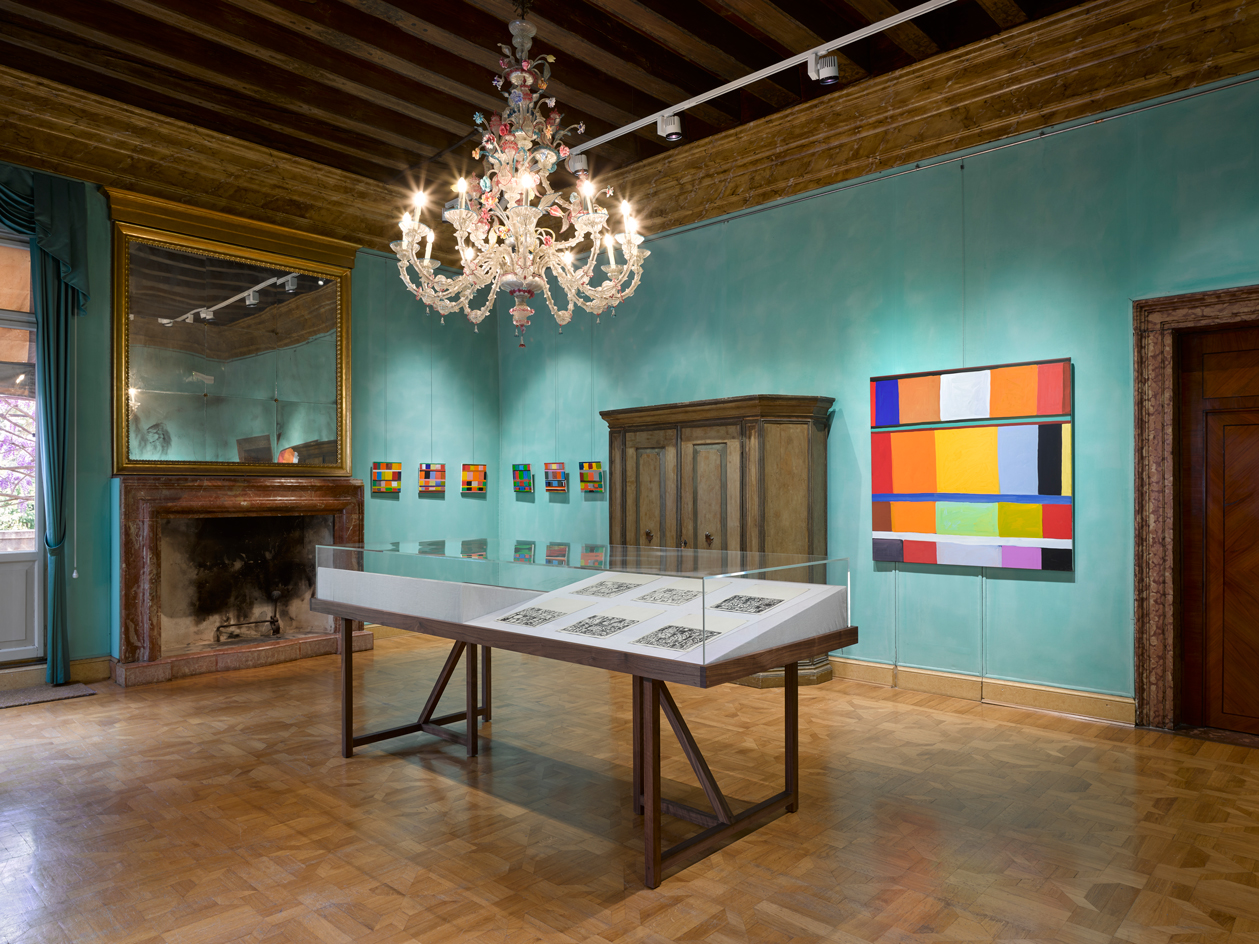
The Italian Paintings’, exhibition view. Palazzo Tiepolo Passi, Venice, Italy. Until 27 November 2022.
‘They’re really transitional paintings,’ he says. ‘They were the first paintings I did when I moved to Italy from New York. Also, I never painted a diptych before that, or ever again, so they’re very unique. To show them for the first time in a 16th-century palazzo during the Venice Biennale is an incredible opportunity.’
The exhibition is co-curated by Cathleen Chaffee, chief curator of the Buffalo AKG Art Museum and Vincenzo de Bellis, curator and associate director at the Walker Art Center in Minneapolis. Once they had selected the works they wanted to include, they arranged some of these in an intuitive call and response, in which each selected work followed on from the other. The format is an homage to Whitney’s spontaneous and immediate ‘afternoon paintings’, completed over a few hours after time spent on the larger works.
‘The afternoon paintings and the larger works are part of the same process,’ says Whitney. ‘I do the afternoon paintings after I’ve finished the larger paintings. It’s sort of a way to calm down at the end of a painting day. The sketchbooks are like a diary, and seeing the sketchbooks that capture my time in Italy gathered together – notes from when my son was born, things I was thinking about during the summers – is very special.’
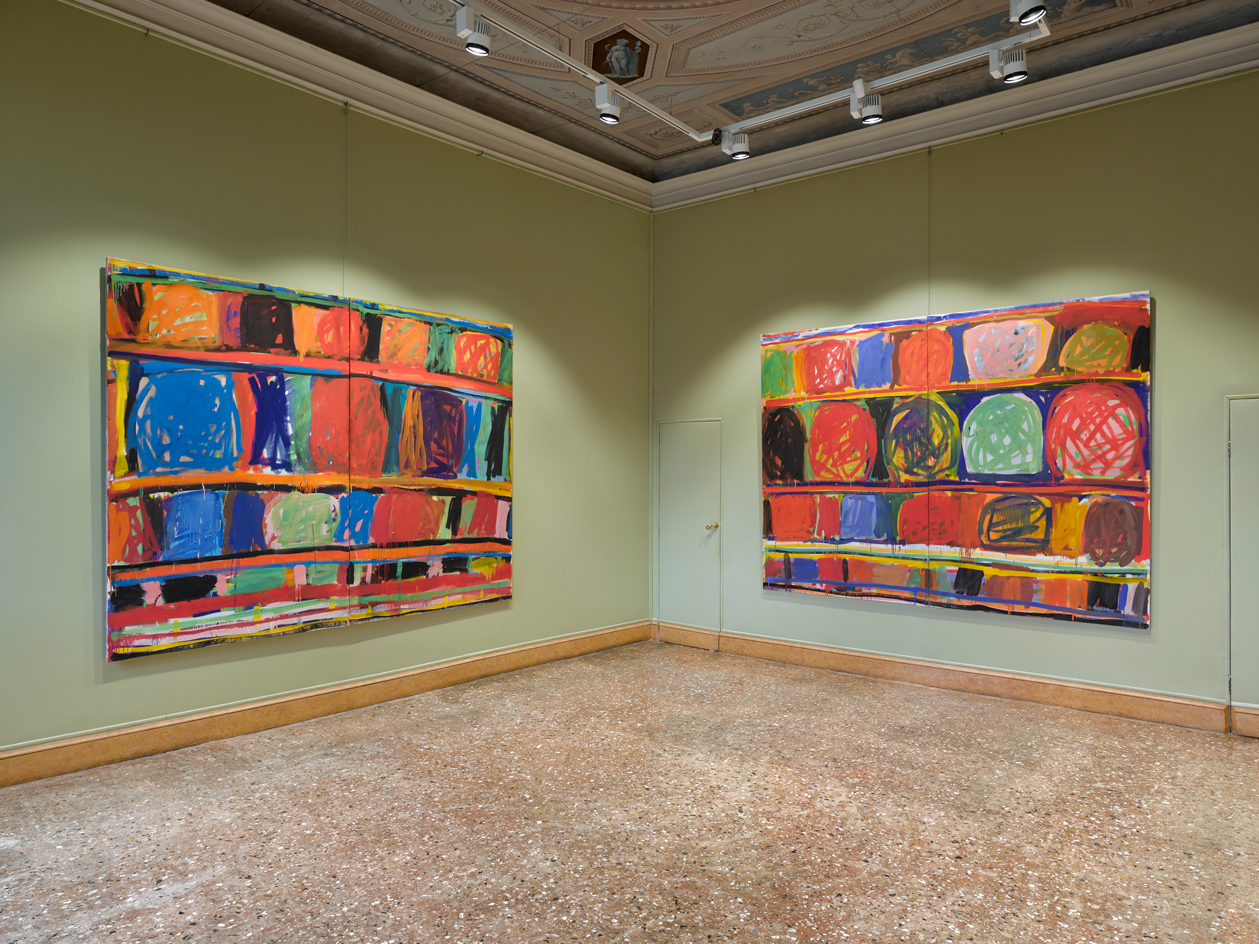
The Italian Paintings’, exhibition view. Palazzo Tiepolo Passi, Venice, Italy. Until 27 November 2022.
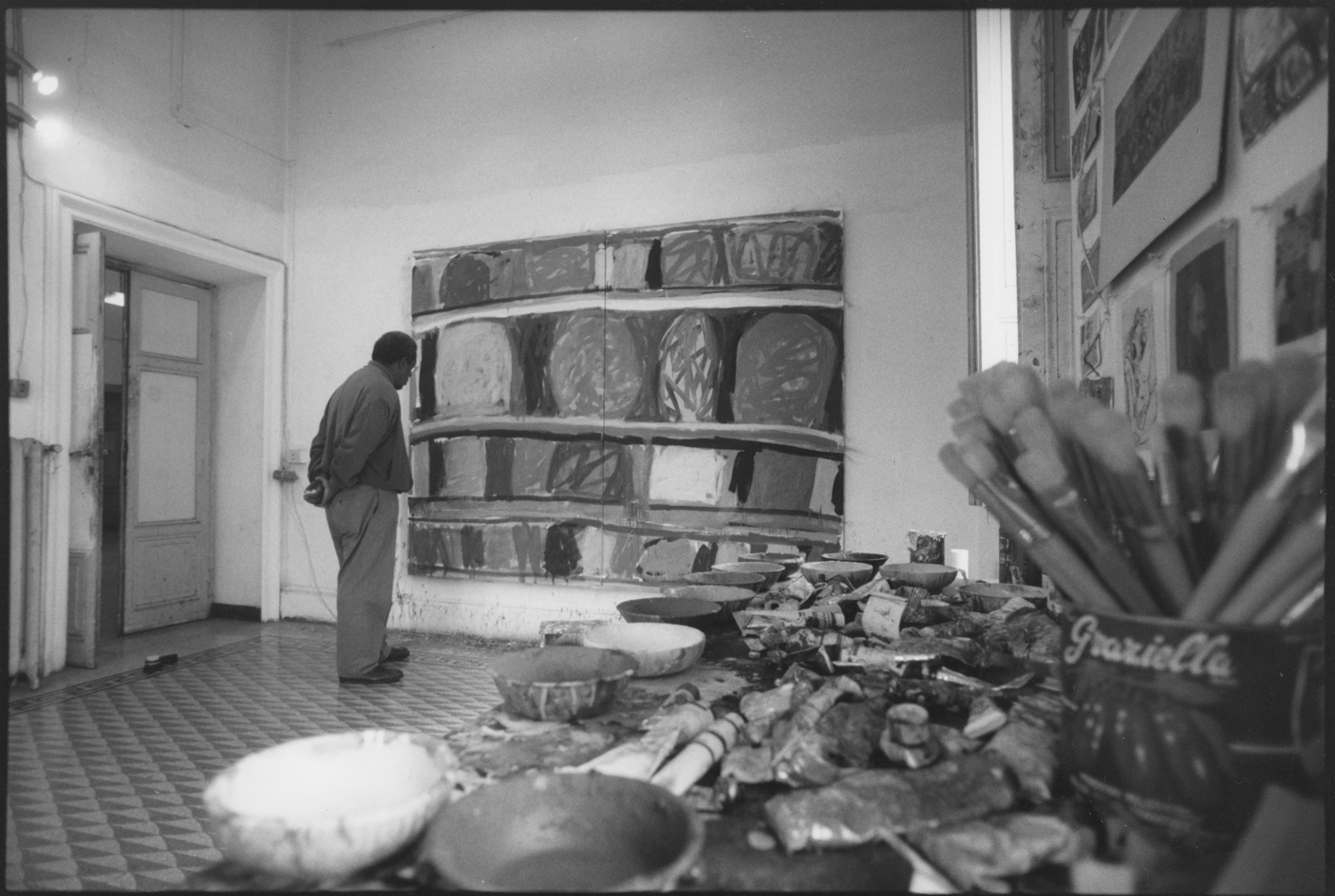
The Italian Paintings’, Exhibition view. Palazzo Tiepolo Passi, Venice, Italy. Until 27 November 2022.
These smaller, more spontaneous works and the notebooks were set in situ in a unique way by the curators, who took inspiration from Whitney’s practice, alternately choosing works in response to each other.
Wallpaper* Newsletter
Receive our daily digest of inspiration, escapism and design stories from around the world direct to your inbox.
‘Stanley says, about this work, that [it is] painting as a call and response. Which is a musical kind of term, right? It's improvisation,’ says de Bellis. ‘We did it the same way. I picked one and Cathleen picked one and then the other one responded – it was very logical.’
Whitney’s use of colour, seen bathed in the Venetian light, is something to behold. As we spend time with these works, deeper layers and juxtapositions reveal themselves. We see a tighter use of form and more defined use of colour emerge over the years. We may assume that this shows a calming down for the artist as he gets older – but this is not the case.
‘I don’t think it’s about calmness, it’s about mature understanding,’ Whitney reveals. ‘As I got a better understanding of what colour is and what drawing is for me, I could do more with less. It’s a greater challenge for me to do more with less.’
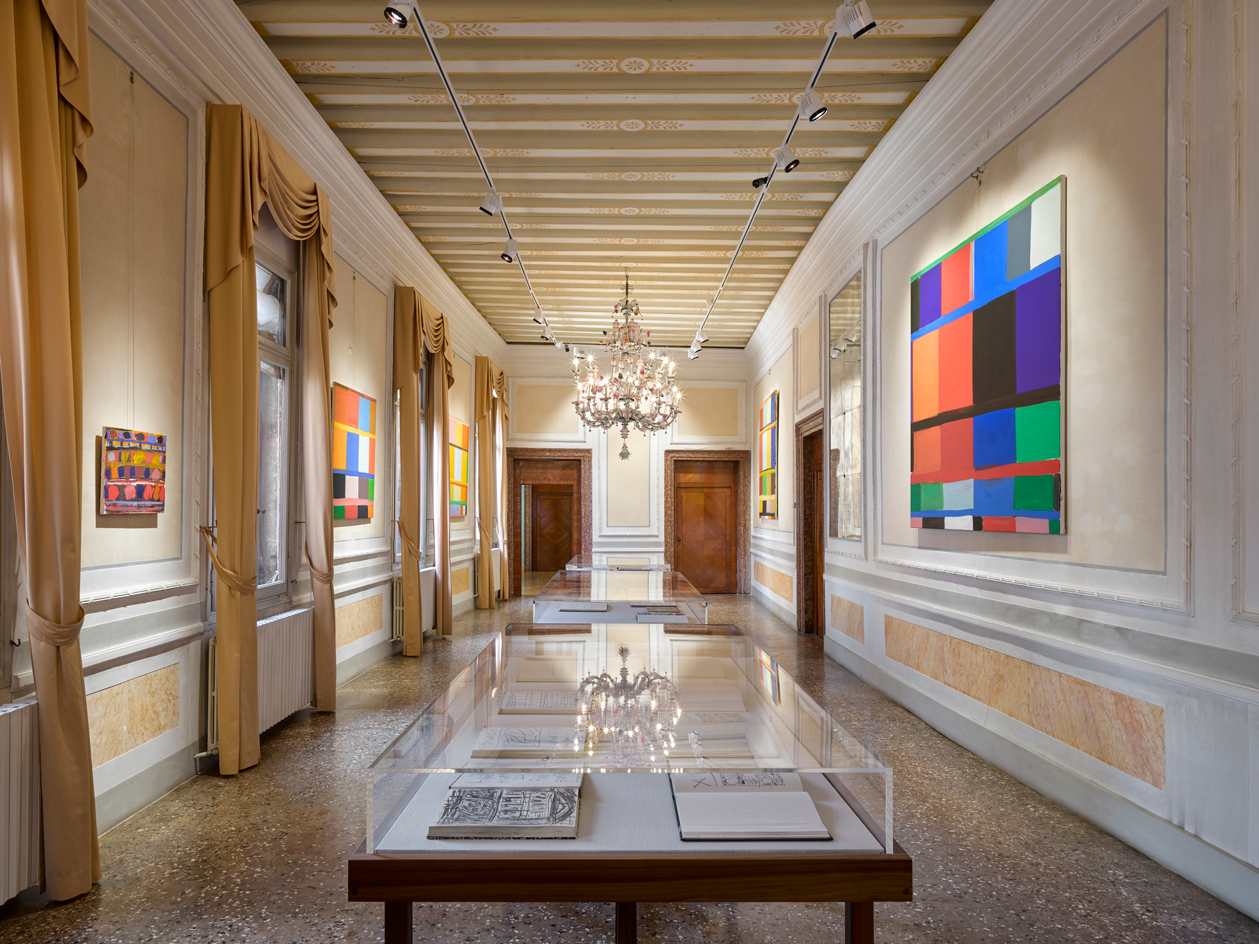
The Italian Paintings’, exhibition view. Palazzo Tiepolo Passi, Venice, Italy. Until 27 November 2022.
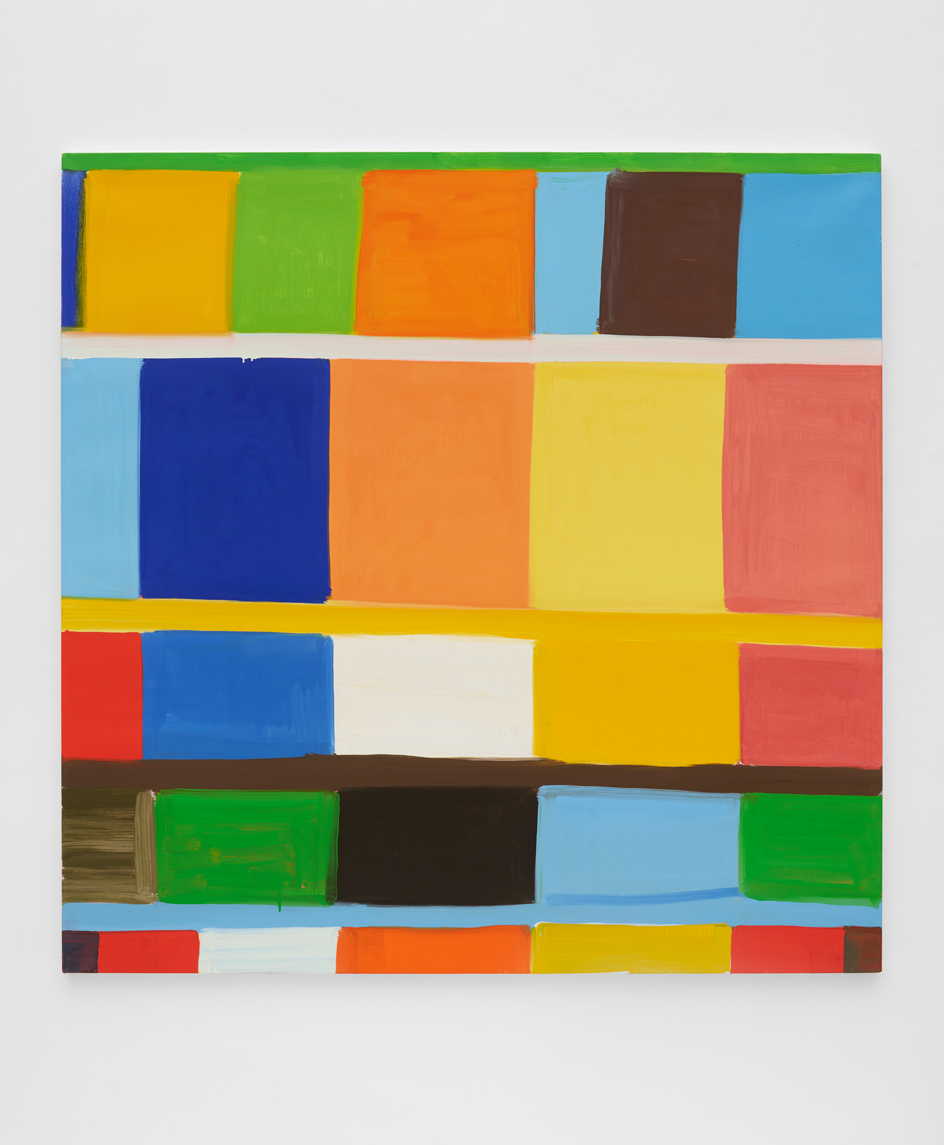
Eden (Sunshine and Shadow), 2008.
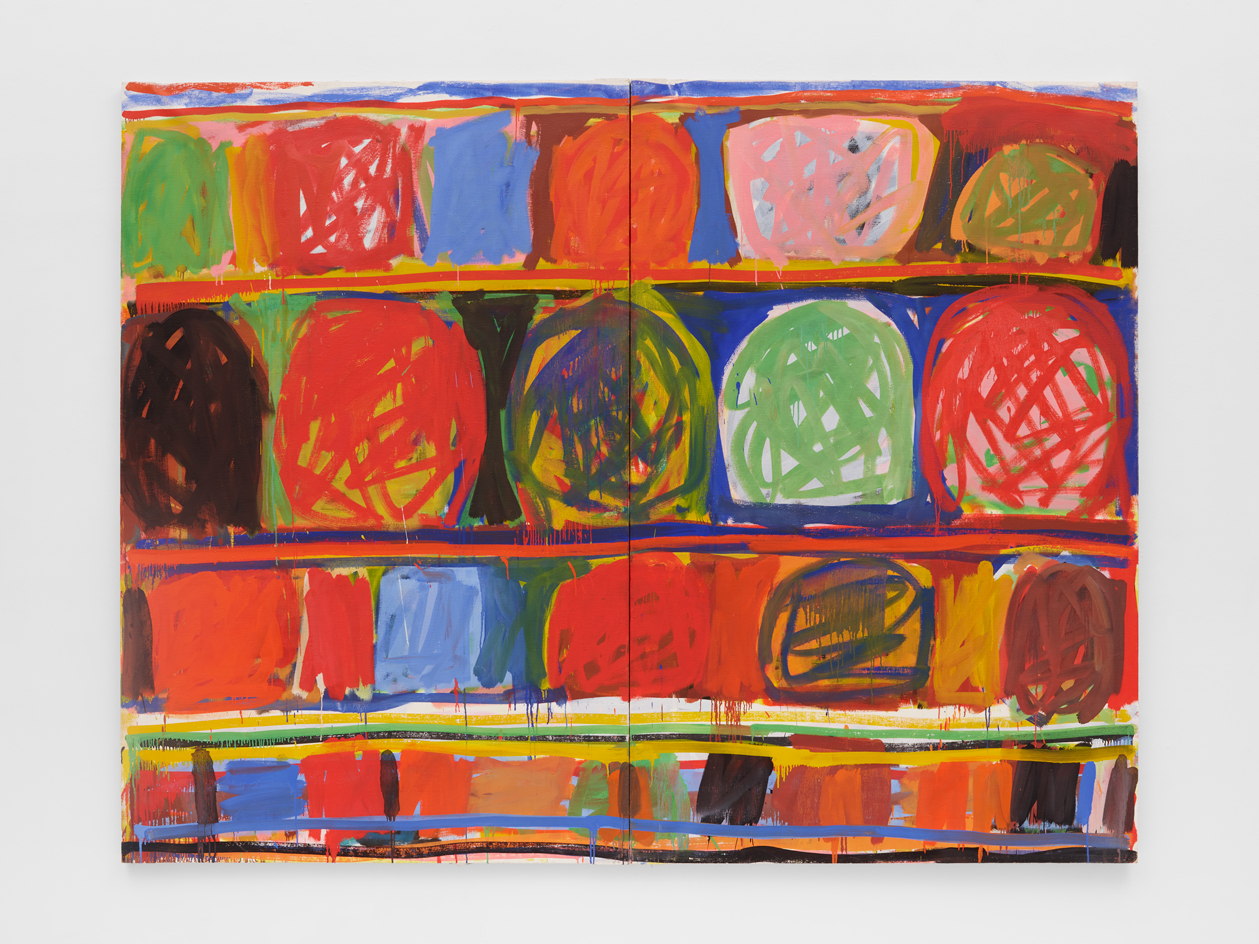
Stanley Whitney, Pleasure or Joy, 1994.
INFORMATION
Stanley Whitney, ‘The Italian Paintings’, until 27 November 2022, Palazzo Tiepolo Passi, San Polo 2774, Venice. lissongallery.com
Amah-Rose Abrams is a British writer, editor and broadcaster covering arts and culture based in London. In her decade plus career she has covered and broken arts stories all over the world and has interviewed artists including Marina Abramovic, Nan Goldin, Ai Weiwei, Lubaina Himid and Herzog & de Meuron. She has also worked in content strategy and production.
-
 All-In is the Paris-based label making full-force fashion for main character dressing
All-In is the Paris-based label making full-force fashion for main character dressingPart of our monthly Uprising series, Wallpaper* meets Benjamin Barron and Bror August Vestbø of All-In, the LVMH Prize-nominated label which bases its collections on a riotous cast of characters – real and imagined
By Orla Brennan
-
 Maserati joins forces with Giorgetti for a turbo-charged relationship
Maserati joins forces with Giorgetti for a turbo-charged relationshipAnnouncing their marriage during Milan Design Week, the brands unveiled a collection, a car and a long term commitment
By Hugo Macdonald
-
 Through an innovative new training program, Poltrona Frau aims to safeguard Italian craft
Through an innovative new training program, Poltrona Frau aims to safeguard Italian craftThe heritage furniture manufacturer is training a new generation of leather artisans
By Cristina Kiran Piotti
-
 ‘Humour is foundational’: artist Ella Kruglyanskaya on painting as a ‘highly questionable’ pursuit
‘Humour is foundational’: artist Ella Kruglyanskaya on painting as a ‘highly questionable’ pursuitElla Kruglyanskaya’s exhibition, ‘Shadows’ at Thomas Dane Gallery, is the first in a series of three this year, with openings in Basel and New York to follow
By Hannah Silver
-
 Saskia Colwell’s playful drawings resemble marble sculptures
Saskia Colwell’s playful drawings resemble marble sculpturesSaskia Colwell draws on classical and modern references for ‘Skin on Skin’, her solo exhibition at Victoria Miro, Venice
By Millie Walton
-
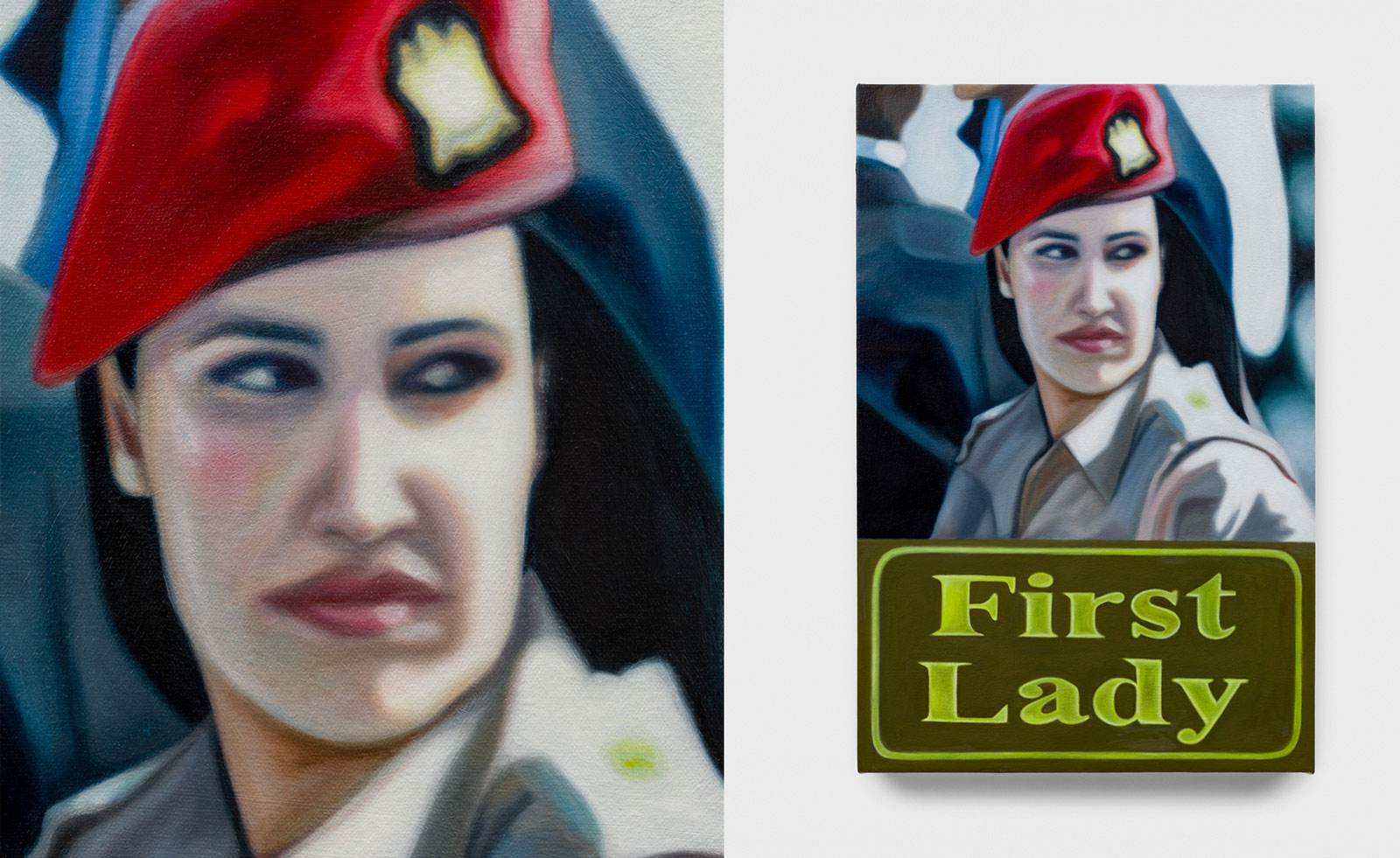 Tasneem Sarkez's heady mix of kitsch, Arabic and Americana hits London
Tasneem Sarkez's heady mix of kitsch, Arabic and Americana hits LondonArtist Tasneem Sarkez draws on an eclectic range of references for her debut solo show, 'White-Knuckle' at Rose Easton
By Zoe Whitfield
-
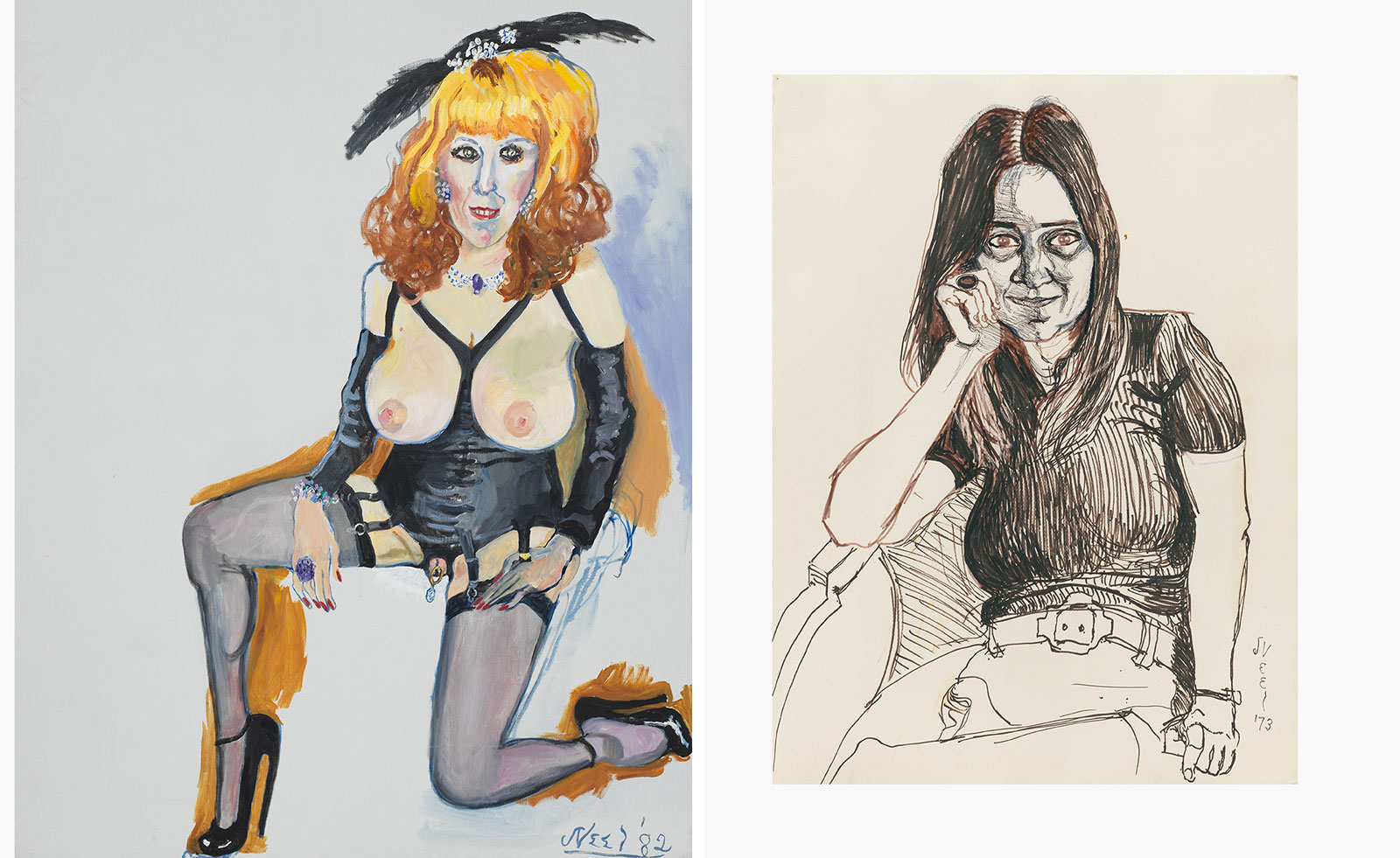 Alice Neel’s portraits celebrating the queer world are exhibited in London
Alice Neel’s portraits celebrating the queer world are exhibited in London‘At Home: Alice Neel in the Queer World’, curated by Hilton Als, opens at Victoria Miro, London
By Hannah Silver
-
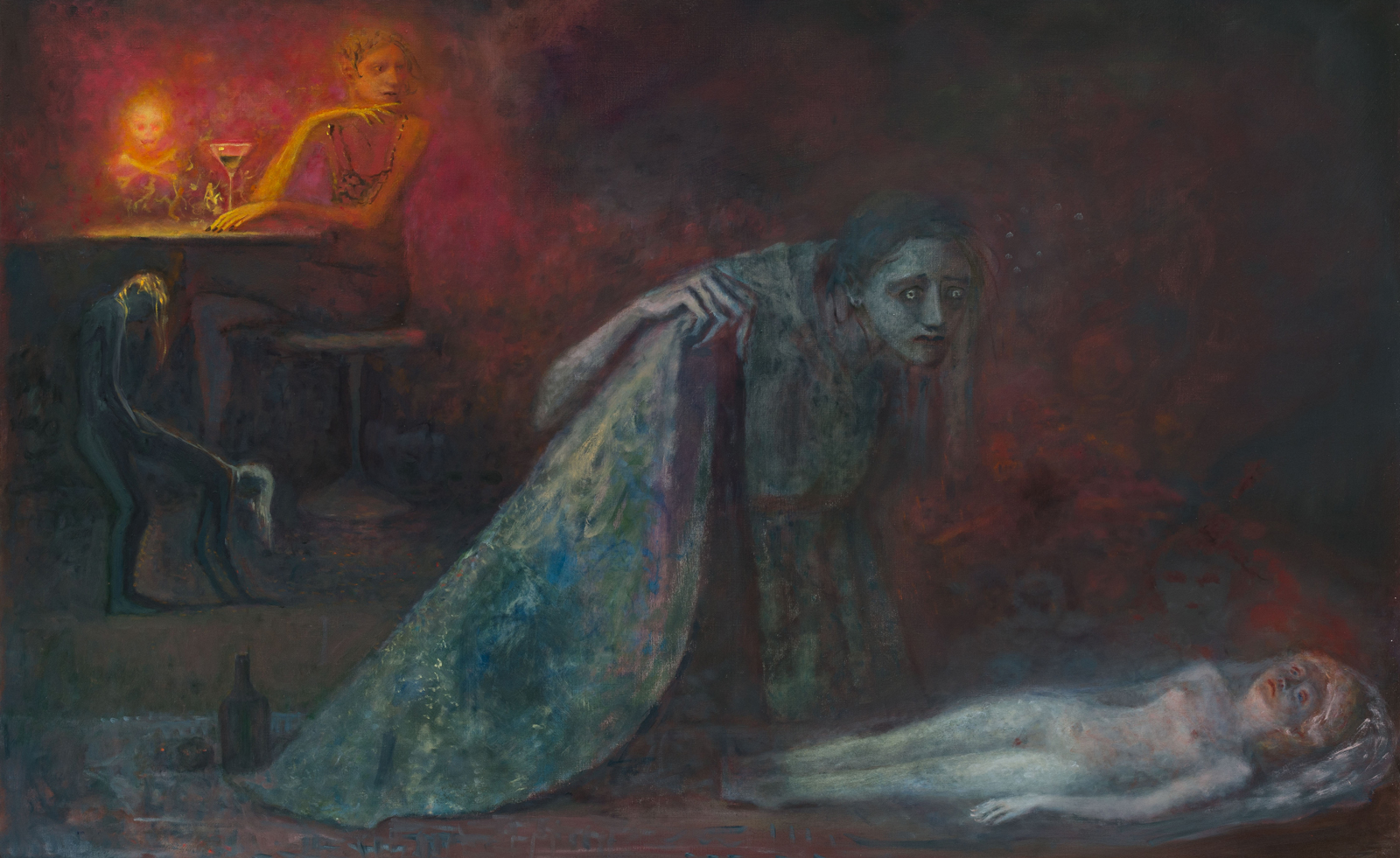 ‘You have to face death to feel alive’: Dark fairytales come to life in London exhibition
‘You have to face death to feel alive’: Dark fairytales come to life in London exhibitionDaniel Malarkey, the curator of ‘Last Night I Dreamt of Manderley’ at London’s Alison Jacques gallery, celebrates the fantastical
By Phin Jennings
-
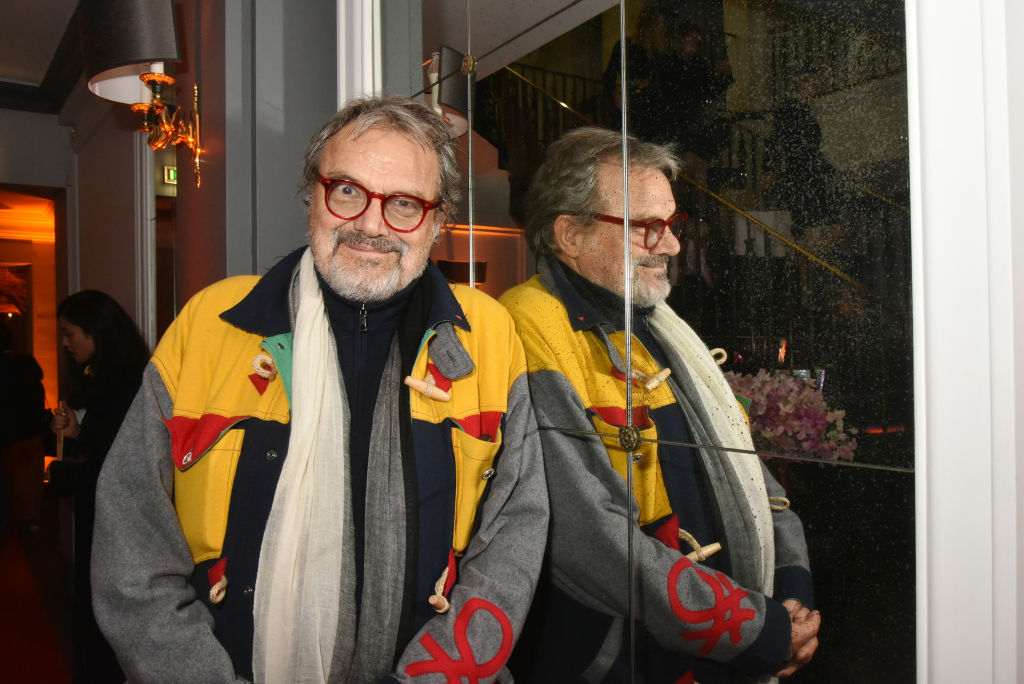 Remembering Oliviero Toscani, fashion photographer and author of provocative Benetton campaigns
Remembering Oliviero Toscani, fashion photographer and author of provocative Benetton campaignsBest known for the controversial adverts he shot for the Italian fashion brand, former art director Oliviero Toscani has died, aged 82
By Anna Solomon
-
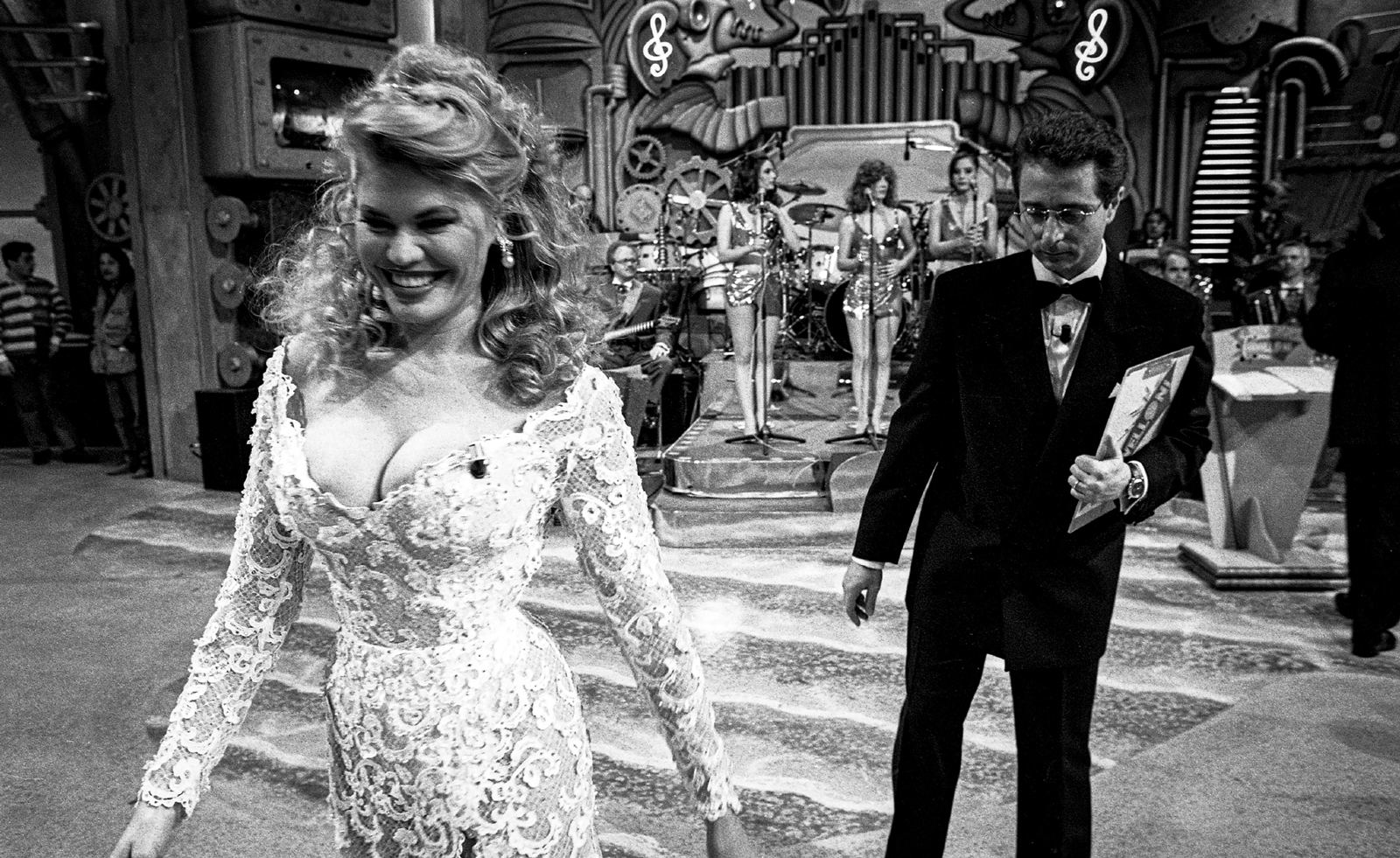 Distracting decadence: how Silvio Berlusconi’s legacy shaped Italian TV
Distracting decadence: how Silvio Berlusconi’s legacy shaped Italian TVStefano De Luigi's monograph Televisiva examines how Berlusconi’s empire reshaped Italian TV, and subsequently infiltrated the premiership
By Zoe Whitfield
-
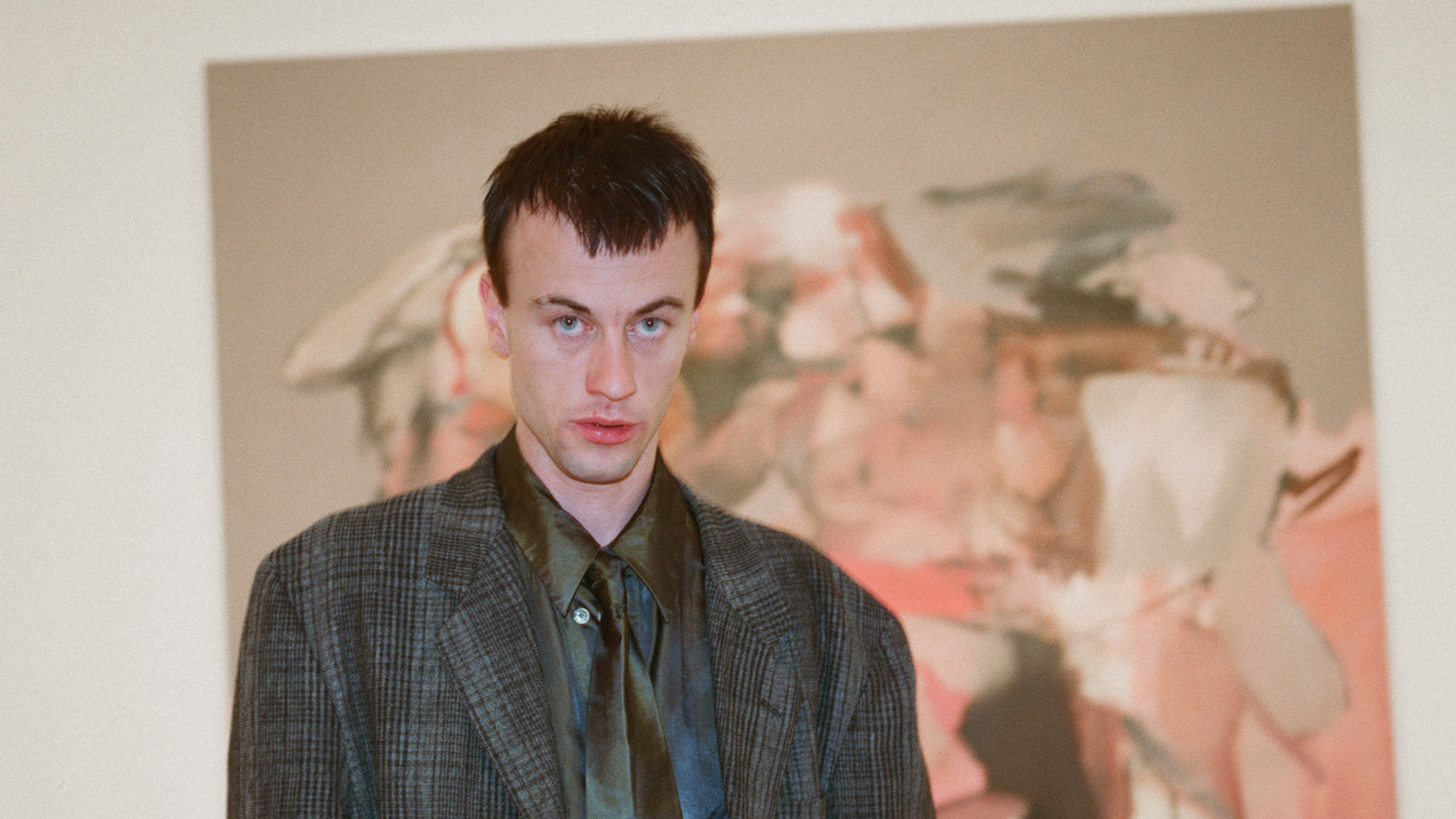 Inside the distorted world of artist George Rouy
Inside the distorted world of artist George RouyFrequently drawing comparisons with Francis Bacon, painter George Rouy is gaining peer points for his use of classic techniques to distort the human form
By Hannah Silver